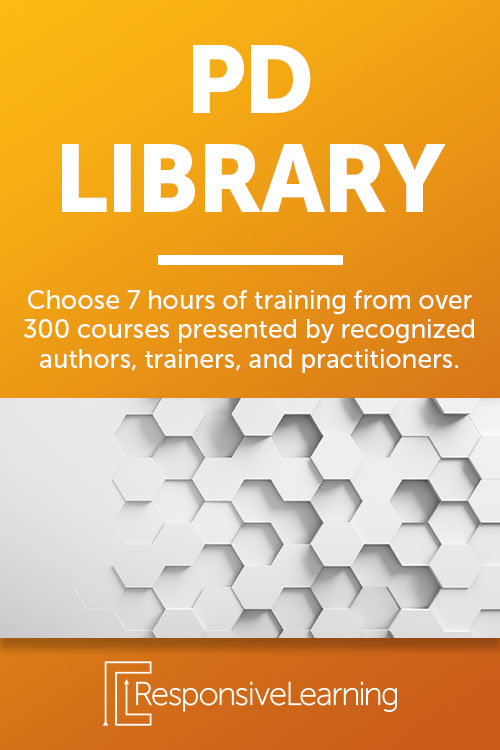Have you ever encountered unwanted behavior that disrupted your classroom instruction? How did you remedy the situation? You may find that being proactive and encouraging good behavior can minimize undesired outcomes, but some students require more in-depth interventions. With Keys to Special Education – Behavior Interventions, you can rest assured knowing how to properly manage your classroom and inspire positive behavior in your students.
1. Universal Preventions
Positive Behavior Interventions and Supports (PBIS) implements proactive strategies to improve student behavior. The first tier is achieved through universal support for all students. This provides the foundation for best practices in classroom management.
Modeling appropriate behavior skills and conveying clear expectations early on is crucial to education. Keep in mind that students with disabilities are more receptive to learning with visuals. Some effective interventional strategies include using non-verbal cues, proximity, and redirection to help a student make good choices. You’ll want to make data-driven decisions and monitor student progress along the way.
Special education teacher Ayo Jones explains the importance of behavior interventions and how you can intervene before unwanted behavior occurs. She is a veteran educator, author, and founder of Noodle Nook – an online resource for teachers in special education. Ultimately, you want to encourage positive behavior so students are kind, respectful, safe, and responsible both at school and at home.
2. Target Prevention
The second tier focuses on students who are more at risk for serious behavior problems. Additional support is helpful to guide students who need a little more direction. Opportunities for practicing self-management, social skills, and self-regulation can be given through direct instruction.
Increased supervision is beneficial to support at-risk students through altering room arrangements, seating charts, and teacher monitoring. Proactive strategies can also help by increasing pre-corrections. Positive reinforcement is instrumental in helping to improve students’ behavior, but be mindful of how you might be indirectly rewarding negative behavior as well.
The end goal is to prevent these students from developing more severe problem behavior. You can achieve this by doing regular check-ins, modifying procedures, and including planned breaks to help with personal space or sensory needs. Remember to record documentation on what’s working and what can be improved in the future.

3. Individualized Prevention
Tier three covers an individualized plan of interventions and support for the most at-risk students. To prevent unwanted behavior, some students will need a functional behavior assessment (FBA). This is intended to teach them appropriate replacement behavior.
The plan provides thoughtful and specific strategies to teach a new skill or behavior based on the individual student’s needs. It helps reduce rewards for unwanted behaviors while using positive reinforcement to ensure all students and staff are safe.
A successful behavior plan is achieved when you consistently implement the plan and collect data. Team meetings are essential in discussing how the student has progressed as well as any adjustments that need to be made. You’ll find that any student has the potential to improve when you implement positive behavior interventions.
Interested in learning more about how you can effectively manage classroom behavior? Explore the course demo on Keys to Special Education – Behavior Interventions today!

